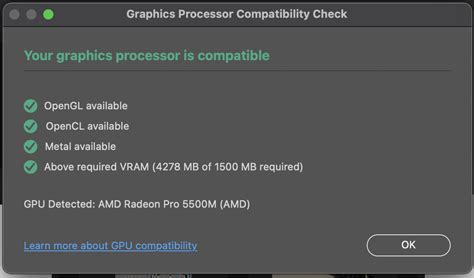Introduction:
OLED (Organic Light Emitting Diode) TVs have revolutionized the television industry with their superior picture quality, deep blacks, and vibrant colors. However, one of the most significant challenges faced by OLED TV manufacturers is the issue of brightness drop, particularly in the Active Brightness Layer (ABL) mechanism. This article aims to explore the differences between a 5% window and full-screen brightness drop in OLED TVs and their implications on the overall viewing experience.

What is ABL?
Active Brightness Layer (ABL) is a technology used in OLED TVs to enhance brightness levels, especially in well-lit environments. ABL works by adding a layer of reflective material between the OLED panel and the protective glass. This layer reflects ambient light, which is then combined with the OLED’s own light to produce a brighter image.
5% Window vs Full-Screen Brightness Drop:
1. 5% Window:
In a 5% window ABL mechanism, only a small portion of the screen (typically 5% of the total area) experiences brightness drop. This is achieved by using a more advanced ABL layer that can maintain higher brightness levels in most of the screen while still addressing the issue of brightness drop in a specific area.
The benefits of a 5% window ABL mechanism include:
– Minimal brightness drop, resulting in a more consistent viewing experience.
– Improved picture quality, as the overall brightness level remains high.
– Reduced risk of burn-in, as the affected area is limited.
2. Full-Screen Brightness Drop:
In contrast, a full-screen brightness drop ABL mechanism affects the entire screen, leading to a significant decrease in brightness. This can result in a less pleasant viewing experience, especially in well-lit environments.
The drawbacks of a full-screen brightness drop ABL mechanism include:
– Reduced overall brightness, which can make the picture look dull and less vibrant.
– Increased risk of burn-in, as the entire screen is affected by the brightness drop.
– Potential for a less consistent viewing experience, as the entire screen is subject to the issue.
Conclusion:
The Active Brightness Layer (ABL) mechanism is a crucial factor in determining the overall performance of an OLED TV. While a 5% window ABL mechanism offers a more consistent and brighter viewing experience, a full-screen brightness drop ABL mechanism can lead to a less enjoyable experience. As OLED TV technology continues to evolve, manufacturers will likely focus on improving ABL mechanisms to minimize brightness drop and provide an optimal viewing experience for consumers.



